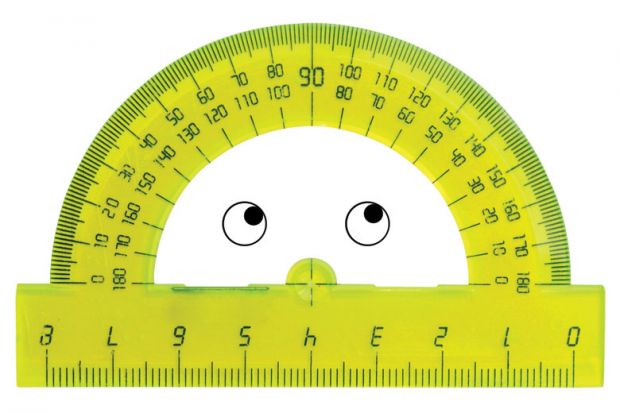International educators track complex economic, political, social and demographic trends. They apply strategic analysis to high-stakes investments of time, resources and reputation to build partnerships and meet institutional goals. But while they are focused on this important work, they may overlook fundamental trends closer to home.
One ongoing trend in the United States is the need to engage higher education leaders in conversations about three closely related themes: student learning outcomes; the assessment of such outcomes through some genuine demonstration of what the students are capable of; and the inequitable distribution of opportunities for students to develop their capabilities.
In a highly competitive environment, what do institutions mean when they promise that their students will graduate with the skills and knowledge they need to become leaders in a connected, interdependent, global future? How do they translate such lofty goals into concrete learning outcomes? How do they map those outcomes on to courses and across the curriculum? What is the role of co-curricular and experiential learning in helping students to gain the necessary skills and knowledge?
Learning outcomes increasingly provide a shared vocabulary that allows those who work with students (domestic and international) to contribute to coherent and integrated education. If international educators are not participating in these conversations on equal terms, they risk having their value, and their values, defined for them.
The vocabulary of “learning outcomes”, however, remains abstract until we find effective ways for students to demonstrate what they have learned. What are we measuring when we gauge the effectiveness of our internationalisation strategy? Are we simply counting how many students have moved from one place to another, or are we tracking what they have learned as a result? Are there other ways for students to learn about the world – and how do we allocate resources to developing these alternatives?
Without the confidence that we can measure learning, conversations about outcomes are limited. Without evidence of what students can actually do, important arguments about citizenship and employability, for example, remain vague.
Finally, the promises that institutions make are intended to apply to all students. Every one of them should be educated for the challenges and opportunities of a globally interconnected world – not just the (usually small) percentage who engage in traditional international education.
Which of our programmes and practices are designed to be equitable and inclusive, and which reinforce privilege? What can international educators learn from colleagues about access and student success? And what keys to student success for all might lie in international education? At a time when international collaboration often faces political challenge, it is urgent to articulate clear and convincing answers to such questions.
Kevin Hovland is the deputy executive director of NAFSA: Association of International Educators. He spoke at the EAIE conference on Thursday, 15 September.
Write for our blog platform
If you are interested in blogging for us, please email chris.parr@tesglobal.com
POSTSCRIPT:
Print headline: How do you measure the value of international education programmes?
Register to continue
Why register?
- Registration is free and only takes a moment
- Once registered, you can read 3 articles a month
- Sign up for our newsletter
Subscribe
Or subscribe for unlimited access to:
- Unlimited access to news, views, insights & reviews
- Digital editions
- Digital access to THE’s university and college rankings analysis
Already registered or a current subscriber? Login








